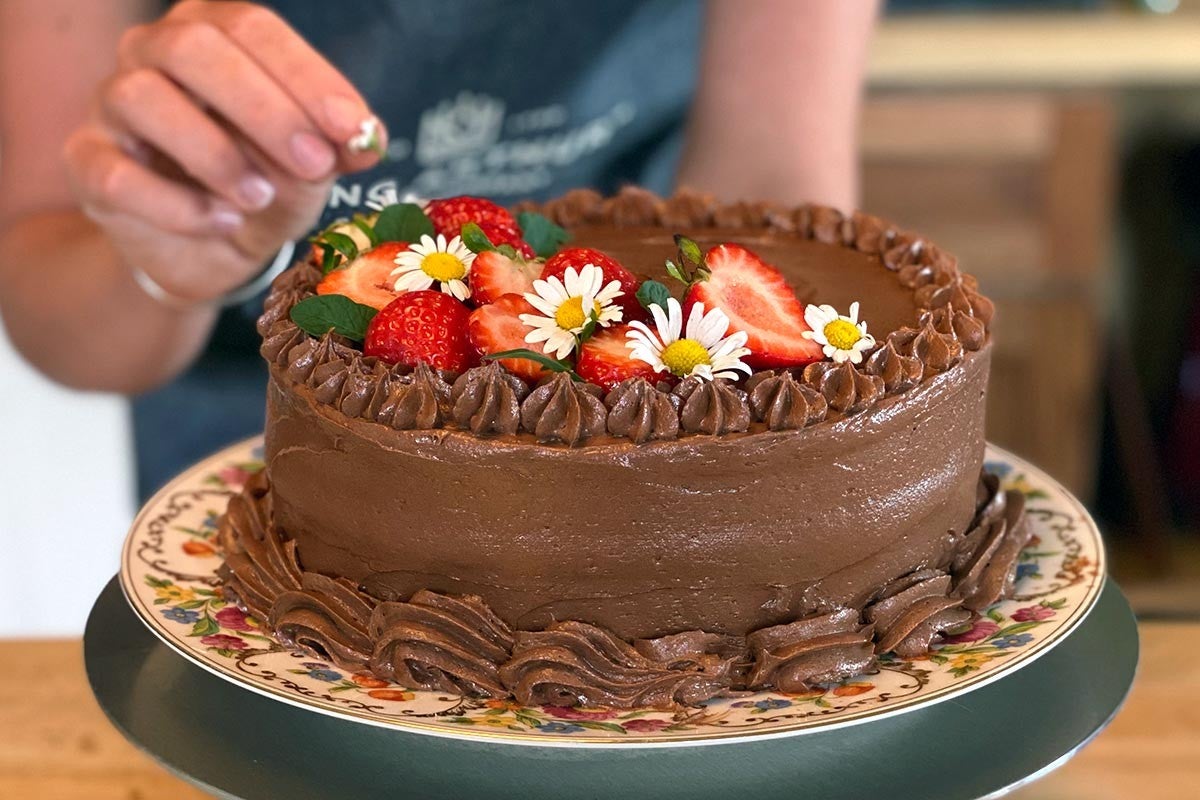Here at King Arthur, we’re all about flours. Today, we’re going to be talking about the other kind of flowers: those gorgeous, colorful little rays of sunshine that pop out of the ground each spring. While flowers might already have a place in your garden, they deserve a place in your kitchen too. I love using edible flowers for cakes and other baking applications, whether as decoration, flavoring, or both.
There are a few things to know before you start snipping flowers and throwing them into recipes. They’re delicate and require some special treatment, and it takes a bit of research to make sure you’re choosing the right ones. We're here to show you the way!
Edible flowers: What to know
When it comes to flowering plants, there are hundreds of thousands of varieties, and surprisingly, most are edible! However, those that aren't edible really aren't edible. There are some options outlined below, but it's important to reference a guidebook, florist, or another professional resource if you're unsure of a flower's identity and you'd like to use it as an ingredient.
Bottom line: When in doubt, purchase flowers that are clearly identified as edible rather than looking for flowers in the wild.
OK, onto the fun stuff!
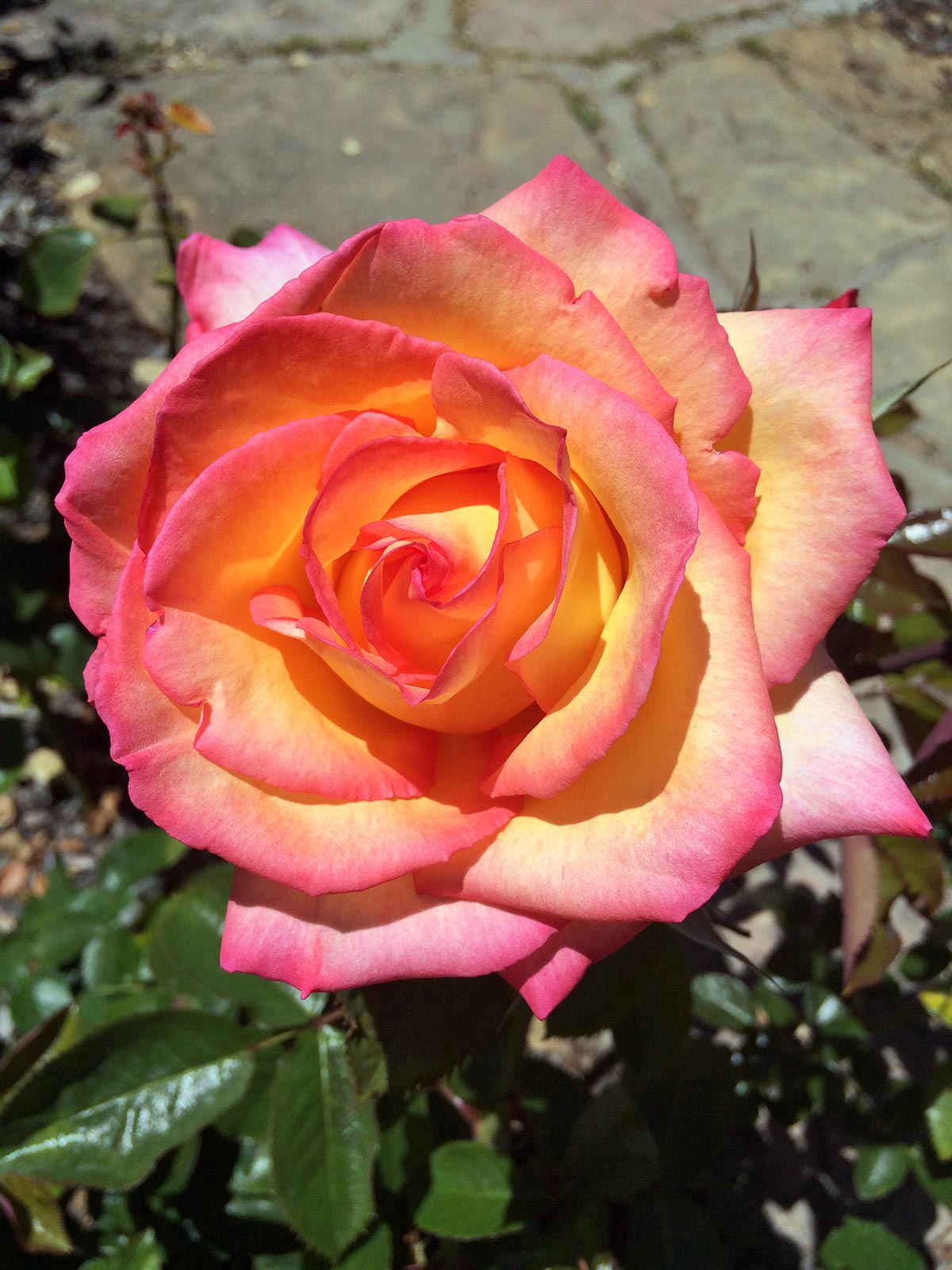
Types of edible flowers
To get the inside scoop on edible flowers, I turned to a kitchen genius and local resource: Laura Braasch, manager of the Dartmouth Organic Farm. Aside from being a homesteader-in-the-making and organic farmer, she also has experience working on a flower farm.
I asked Laura about what draws her to growing flowers, and she spoke about the beauty and sense of celebration that flowers radiate: "Flowers are just so joyful. Even if they don't end up on someone's table, I grow flowers because they're inviting and make everyone who sees them happy."
Laura has an appreciation for flowers both in the garden and in the kitchen. She broke down her favorite kinds of edible flowers into three categories: vegetable, fruit, and herb flowers; mild-tasting flowers; and flavorful flowers.
Vegetable and herb flowers
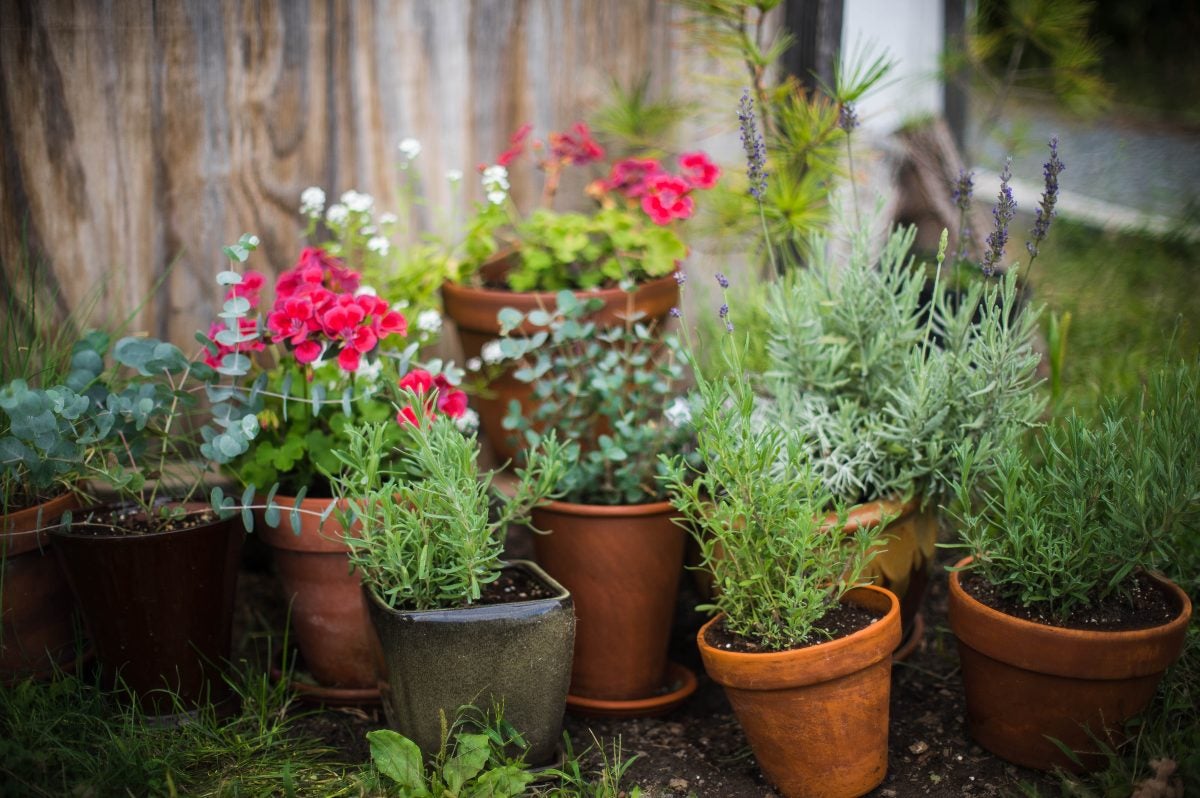
Since Laura's current farming focus is vegetables, she was eager to point out that most vegetables produce flowers at some point in their life cycle, usually near the end when they stop producing leaves, fruit, or vegetables. (This can happen prematurely if the plants get too hot, which is known as "bolting.")
The good news? These flowers often taste similar to the parent herb or vegetable, only milder.
- Common examples: The flowers of basil, sage, oregano, cilantro, chives, lemon balm, dill, or lavender.
- Don't miss: Lemon balm, anise hyssop, fennel flowers, or the flowers from daikon radishes, all of which are distinctly flavorful and especially colorful; they make a gorgeous garnish on salads and vegetable-based dishes.
- Laura's tip: Squash blossoms are delicious when stuffed, dredged in a breadcrumb mixture, and fried. They have a mild squash flavor, are super seasonal, and look gorgeous on your plate.
Pretty and neutral-flavored flowers
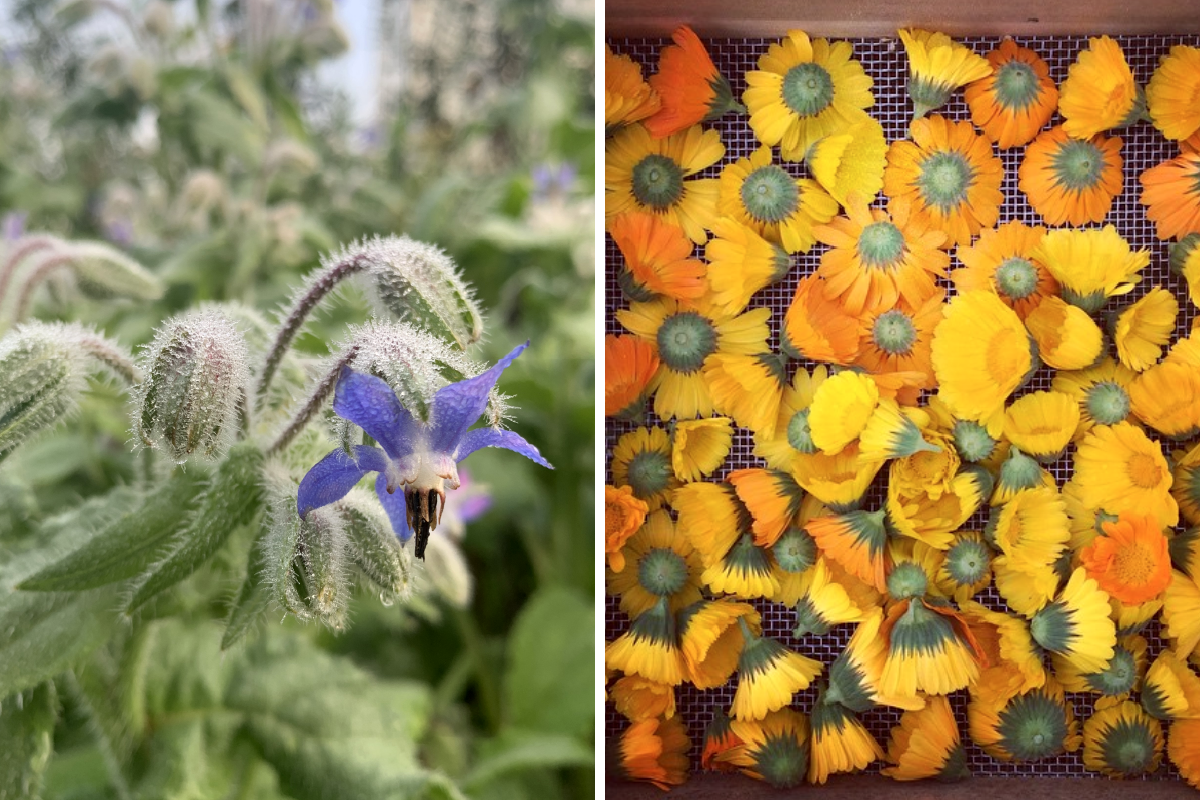
A handful of common flowers fall into this next category: beautiful and subtle in flavor. Laura explained that these flowers are the most versatile and can be used in many applications.
- Common examples: Violets, pansies, daisies, lilacs, and bachelor buttons (also known as cornflower).
- Don't miss: Borage, with its distinct purple/blue flowers and mild flavor, ideal for decorating desserts.
- Laura's tip: Many of these flowers can be enjoyed fresh or pressed and dried, giving them a longer life and unique texture.
Stunning and boldly-flavored flowers
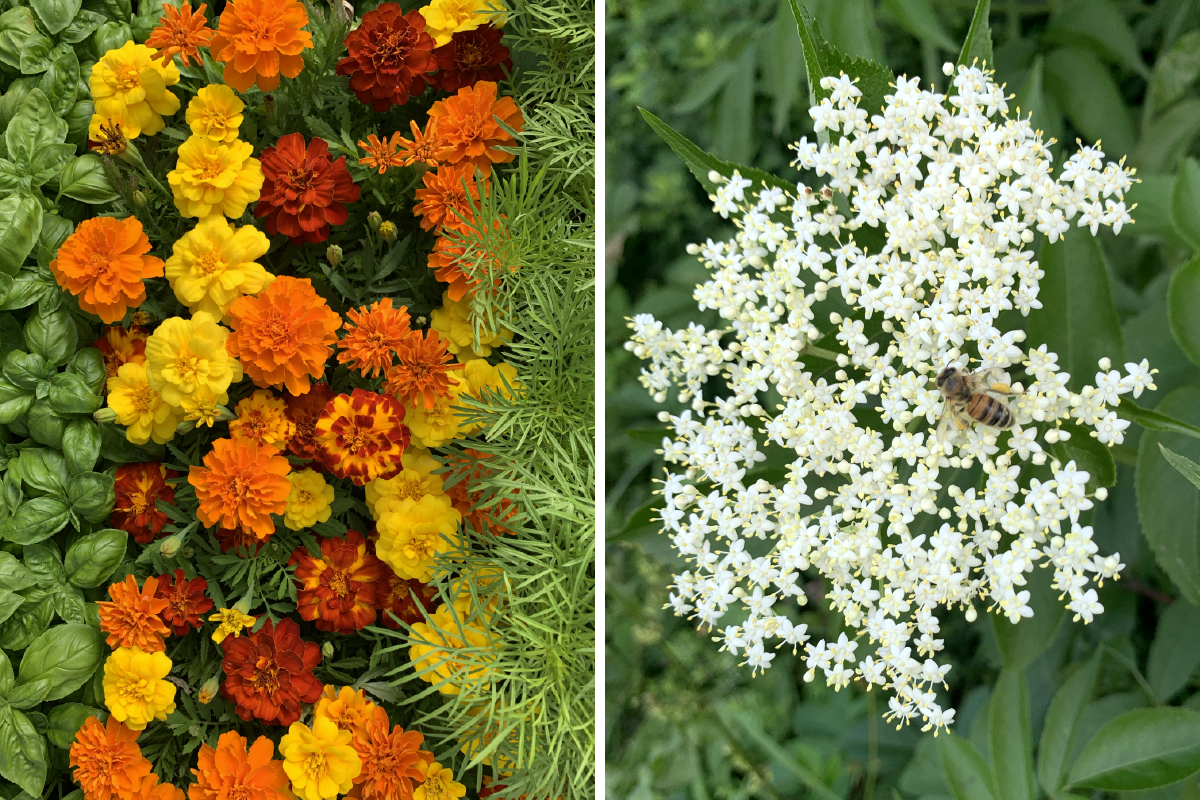
Nothing is subtle about this next group of flowers — they have vibrant colors and bold flavors. They can add accents of fresh flavor to both sweet and savory dishes.
- Common examples: Elderflowers, marigolds, roses, dandelions, chrysanthemums, chamomile, daylilies, and chicory blossoms.
- Don't miss: Nasturtiums, which can be used to add a spicy/peppery note to infused vinegar; also calendulas, with their bright petals and resiny flavor, ideal for sprinkling on or around a centerpiece dish.
- Laura's tip: Use fruit tree blossoms to complement recipes with fruit in them: peach, pear, strawberry, and apple blossoms are all fruit-flavored and quite pretty, too.
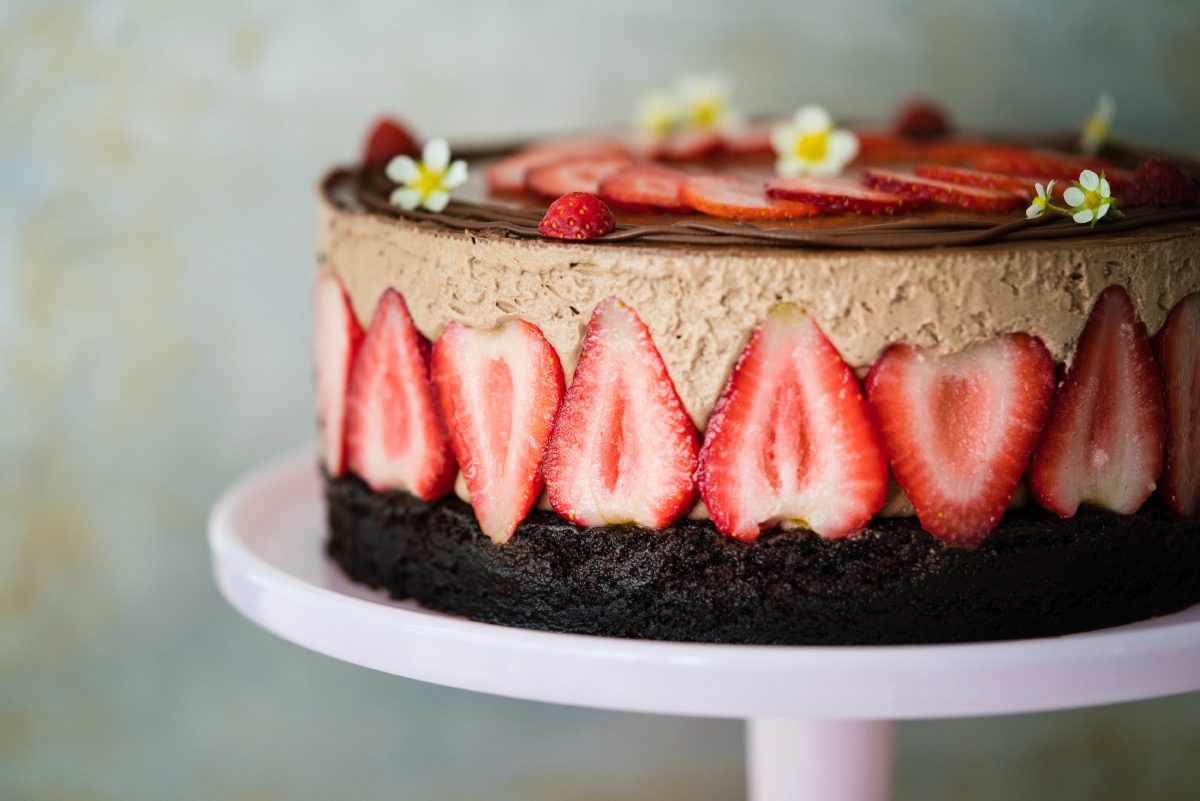
Feeling inspired by all these beautiful and tasty flowers? Here are five fun ways to incorporate them into your baking.
1) Decorate a cake with flowers
One of the easiest ways to use edible flowers is to decorate a cake. If you’re not the biggest fan of intricate piping but you’re looking to make a stunning cake, consider using edible flowers as a garnish.
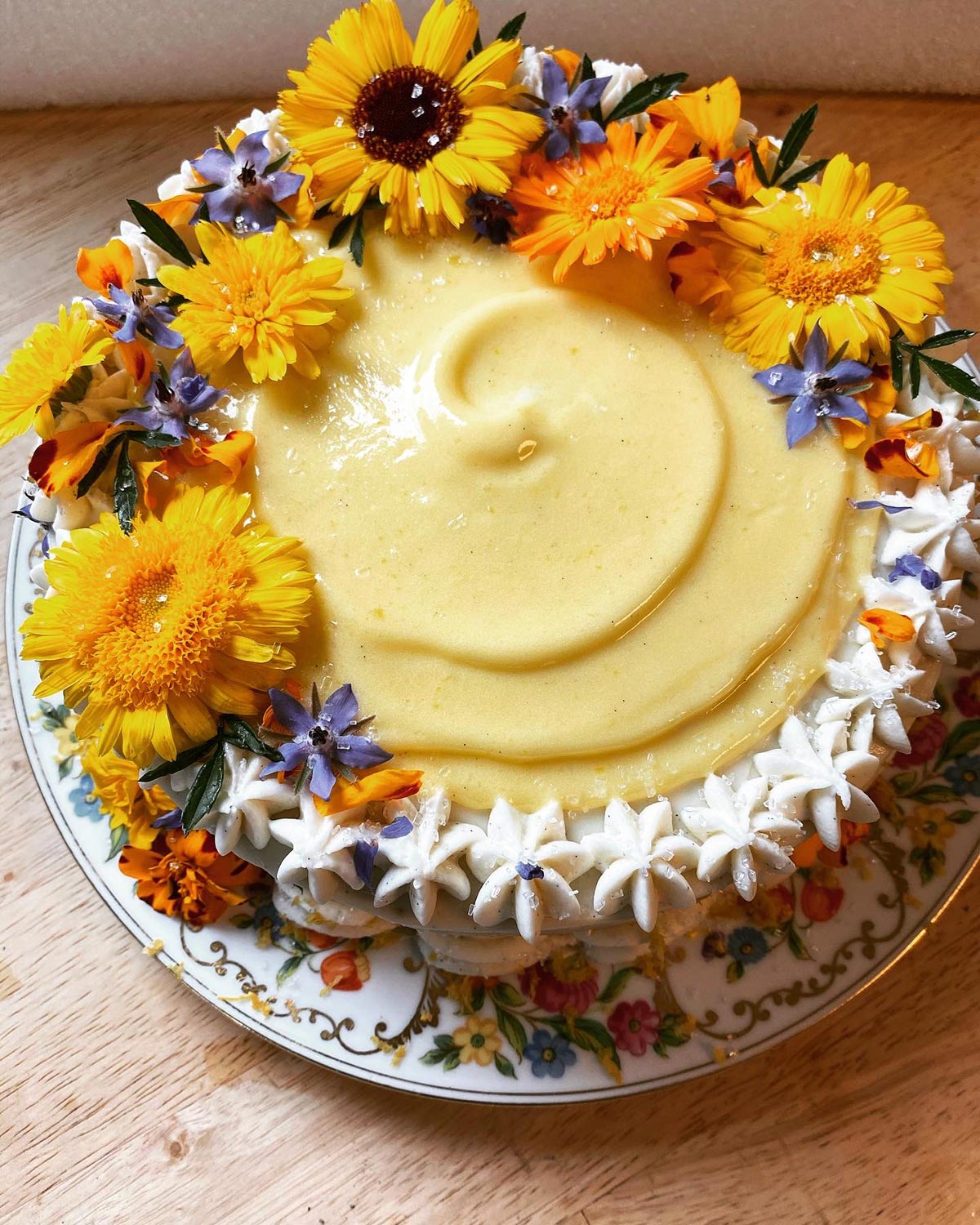
To get the best results while using edible flowers for cake, keep the flowers attached to their stems as long as possible, stored in the fridge with their stems in water. Frost your cake as desired and then immediately remove the flowers from their stems, leaving just a tiny bit attached at the base. Don't let the frosting set, otherwise it'll be difficult for the flowers to adhere.
Stick the shortened stem into the frosting to help keep the flower in place without the petals touching the frosting. If the petals touch the frosting directly they tend to wilt faster.
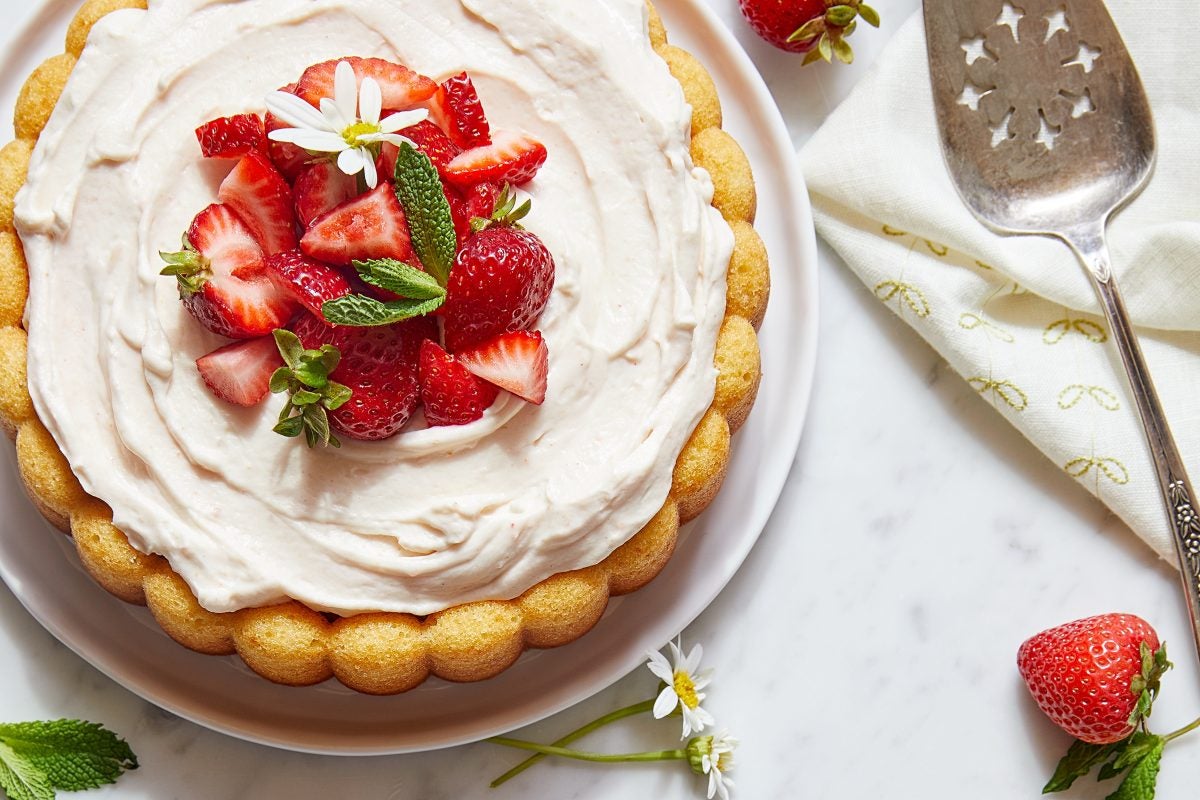
If your schedule allows, wait to frost and decorate the cake until right before serving. The quicker you can serve your cake after decorating, the fresher it’ll look. Store flower-adorned cakes in the fridge if they can't be served immediately.
2) Infuse liquids or sugar with floral flavor
Flowers can add flavor to your baking, in addition to visual appeal. Some taste like honey, while others have a hint of citrus or a spicy bite to them. To coax flavor from flowers, you have a few options.
Infuse the liquids in a recipe (milk, cream, etc.) with edible flowers by combining the liquid and flowers, heating the mixture gently, or simply letting it rest at room temperature to develop flavor over time. The infused liquid can be then used to add complexity to the flavor profile of a recipe. (Check out the baker's tip at the bottom of our Bee Keeper's Pain de Mie recipe for a flavorful example.) This method of steeping flowers in liquid works especially well with aromatic flowers like chamomile, elderflower, and roses.
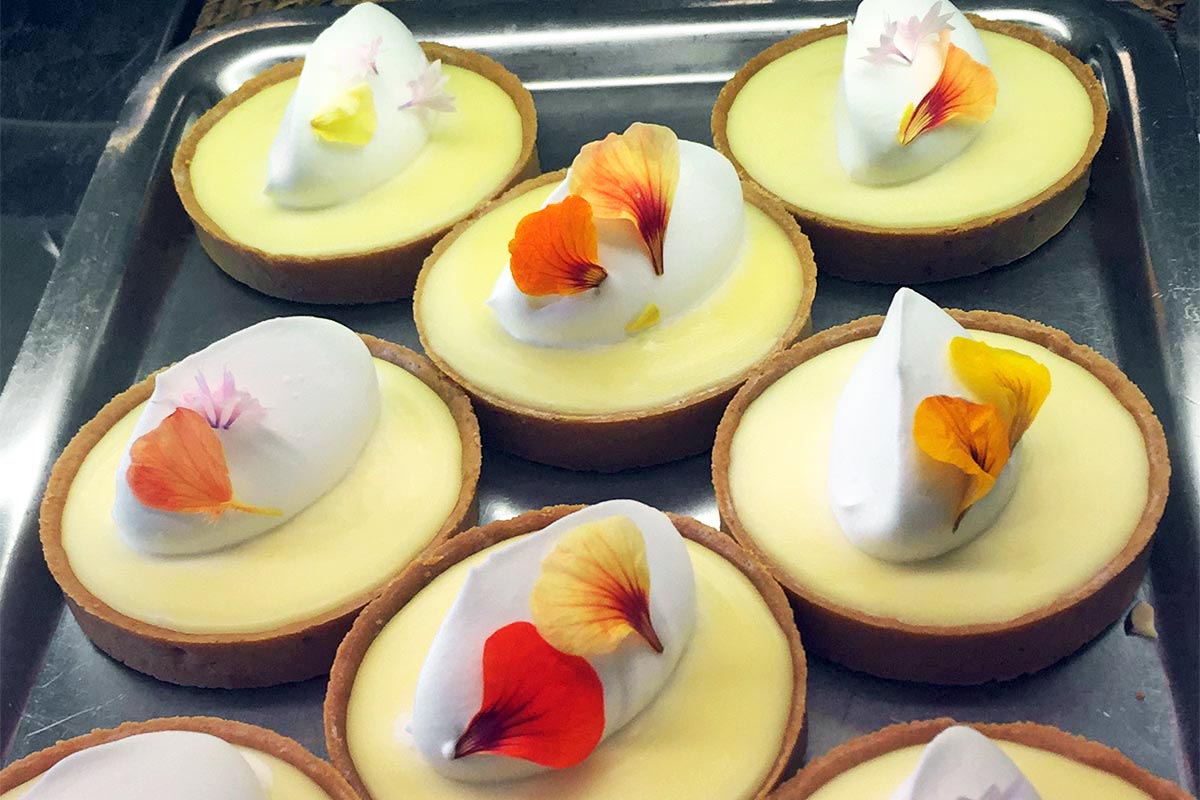
If you’re working with dried edible flowers (like lavender or rose petals), chop them finely or blitz them in a food processor to make flavor-infused sugar. (See our post about how to make flavor-infused sugar for more details.) Use the sugar in place of the regular sugar called for in your recipe to add a floral note.
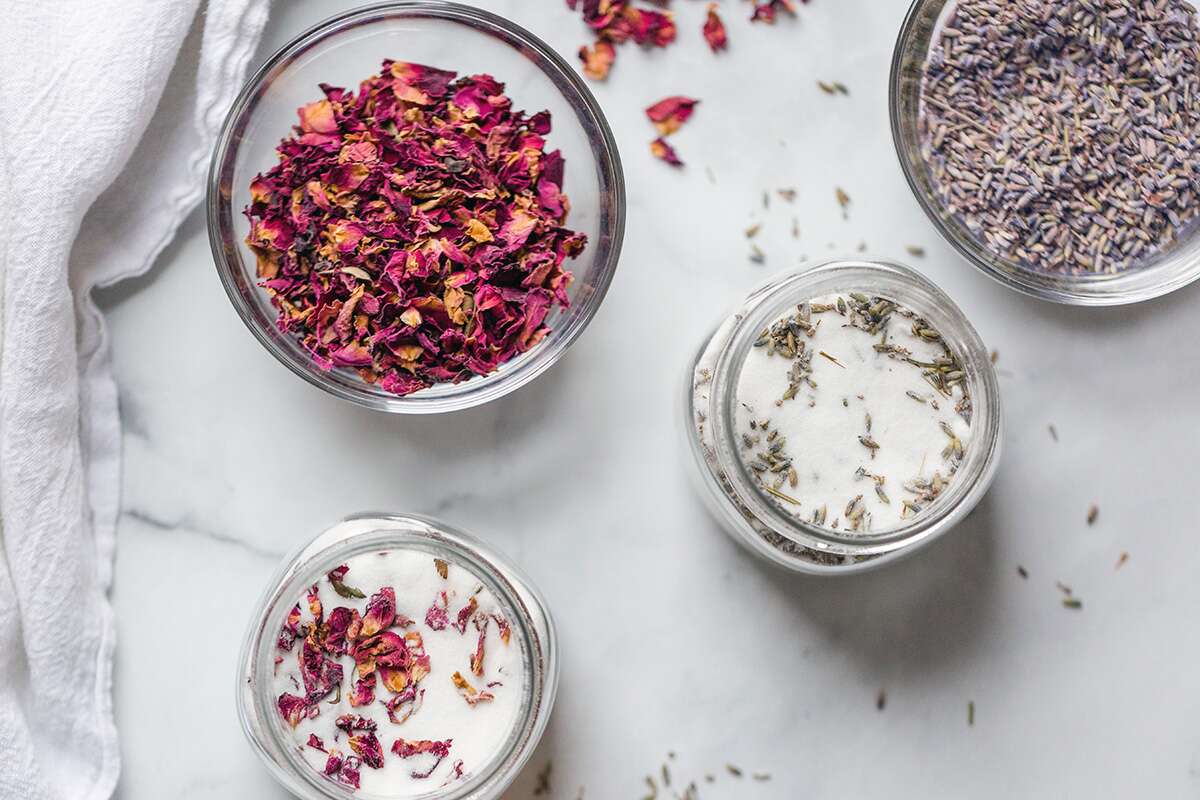
Think of all the delicious possibilities: chamomile steeped in milk and added to milk bread dough, lilac petals blitzed into sugar and used to sweeten shortbread, or pastry cream flavored with strawberry blossoms and fresh mint. When you incorporate edible flowers into your baked goods, they both look and taste splendid.
3) Bake flowers directly into your recipes
Infusing the liquid is one way to inject floral flavor into your baking. If you choose the right varieties and recipes, you can also bake flowers right into your snacks, desserts, breads, and more.
Fresh flowers can be incorporated into dough that's rolled thinly, like crackers, sugar cookie dough, or even pasta. To do so, start by tearing the flowers into pieces or removing the petals from the heads of the flowers (save the petals; discard the rest) so the dough can be rolled out smoothly. Add the flower bits to the dough once it starts coming together. The result is a lovely, colorfully mottled appearance.
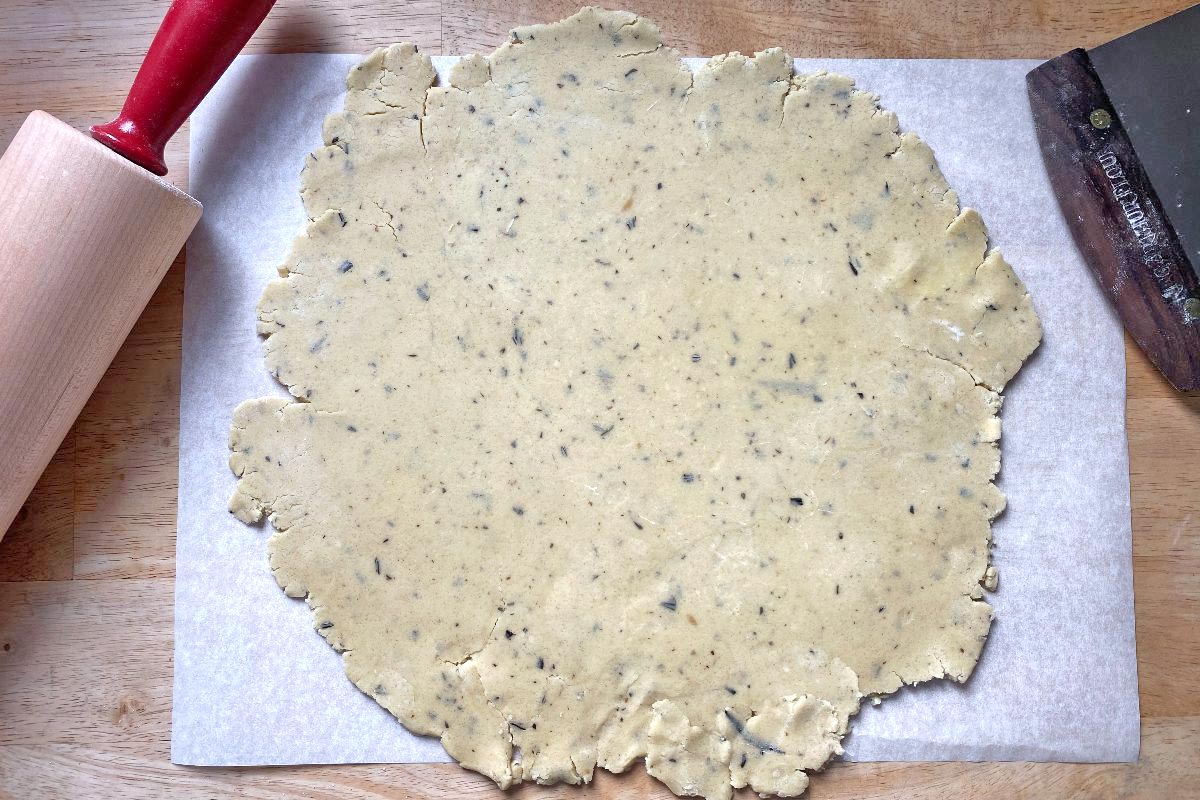
If you want to preserve the look of whole flowers, press them between two pieces of parchment paper weighed down by something heavy and flat. (Pull out your favorite cookbooks!) Press them for just about 30 minutes, so the flower is flat but still looks fresh.
If you're adding the pressed flowers to something like flatbread, wait until it's out of the oven (but still piping hot) to add the flowers. Gently place the flowers on the hot flatbread, using either your fingers or a small offset spatula to arrange them. The residual heat will allow the flowers to adhere.
If you're baking something at a relatively low temperature, like meringues or shortbread, add the flowers before or midway through baking, using the same technique of carefully placing the flowers with your fingers or a smalll spatula.
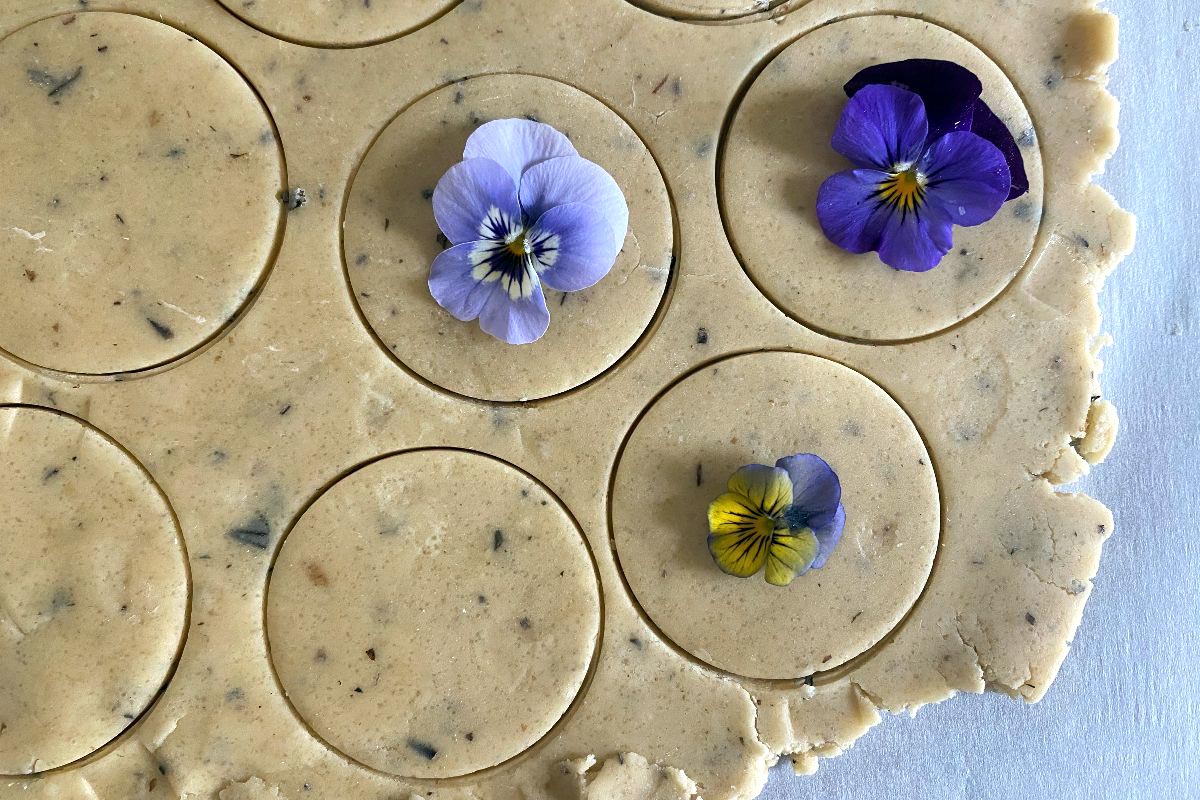
The ideal time to add the flowers depends on the type you're using, as well as the temperature of the oven, so experiment with a few test cookies, crackers, etc., if possible. If the flowers are scorching, either add them later on in the baking process or cover them with foil to keep their colors fresh.
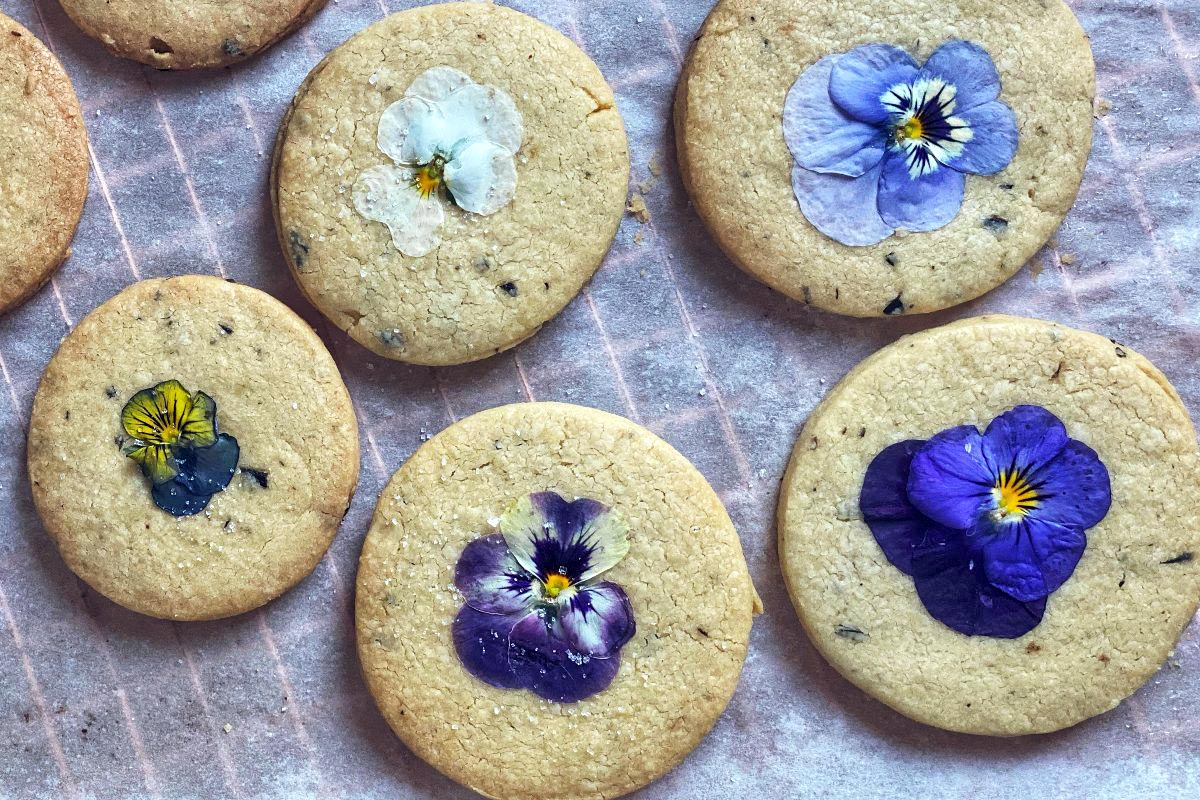
And remember, if the recipe you're baking cooks at a high temperature, you can add the pressed flowers to the baked good immediately after it comes out of the oven, which ensures vibrant colors that will last for a few days.
4) Candy edible flowers
If you’re eager to embrace the beauty of edible flowers and want them to be a bit more sturdy than they are in their natural state, make candied flowers.
"Candying" is a basic technique that involves coating something edible in simple syrup and (usually) heating it to remove some moisture, then tossing it with more granulated sugar to create a sparkling appearance. You might have seen this technique used on orange peels or other citrus. It works on edible flowers too — only it's easier!
Since flowers are quite delicate and only have a bit of moisture in them, you can skip the heating step. Just brush them with (or dip them in) simple syrup and let them dry at room temperature overnight.
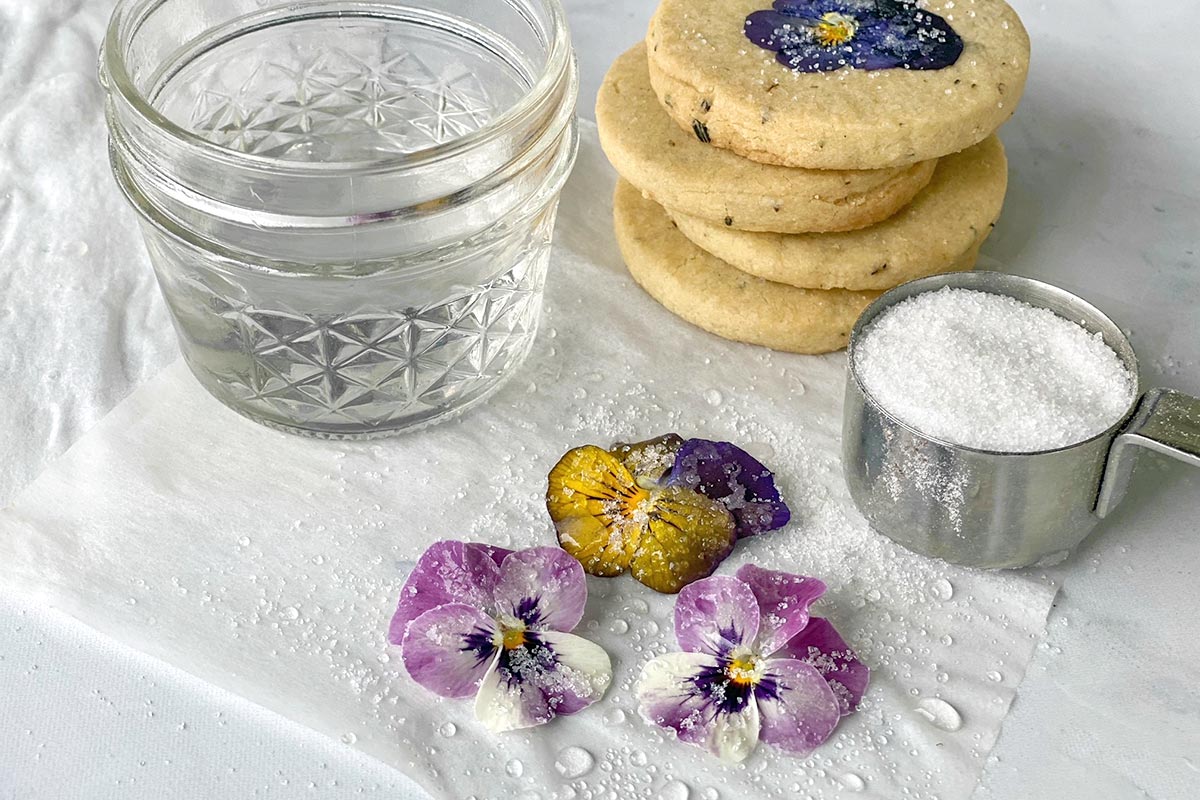
A few hours into the drying process, sprinkle the flowers with granulated sugar, then sprinkle them again when they feel mostly dry to the touch. Use them to garnish cakes, tarts, drinks, breads: anything you can imagine that could use a little color and shine.
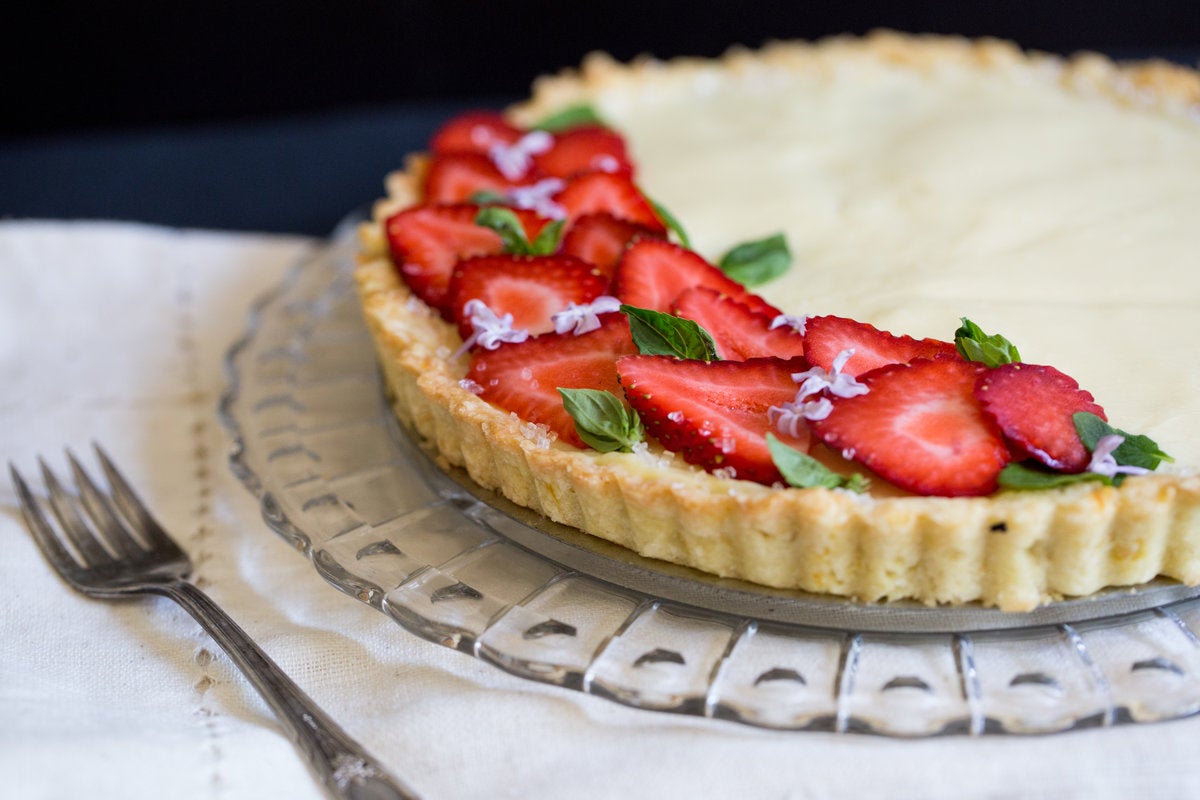
Candied flowers are sweet, beautiful, and will make your baked goods turn heads!
5) Make ice cubes or floral tea
This last tip is a bonus for those of you who don't like to turn on your oven — use your edible flowers to make the prettiest ice cubes you've ever seen! Simply fill an ice cube tray with water (use distilled water if you want the cubes to be crystal clear upon freezing) and place a few petals or a full edible flower into each well, submerging them in the water.
Let them freeze and then pop into your next drink, bringing it to a whole new level of fancy.
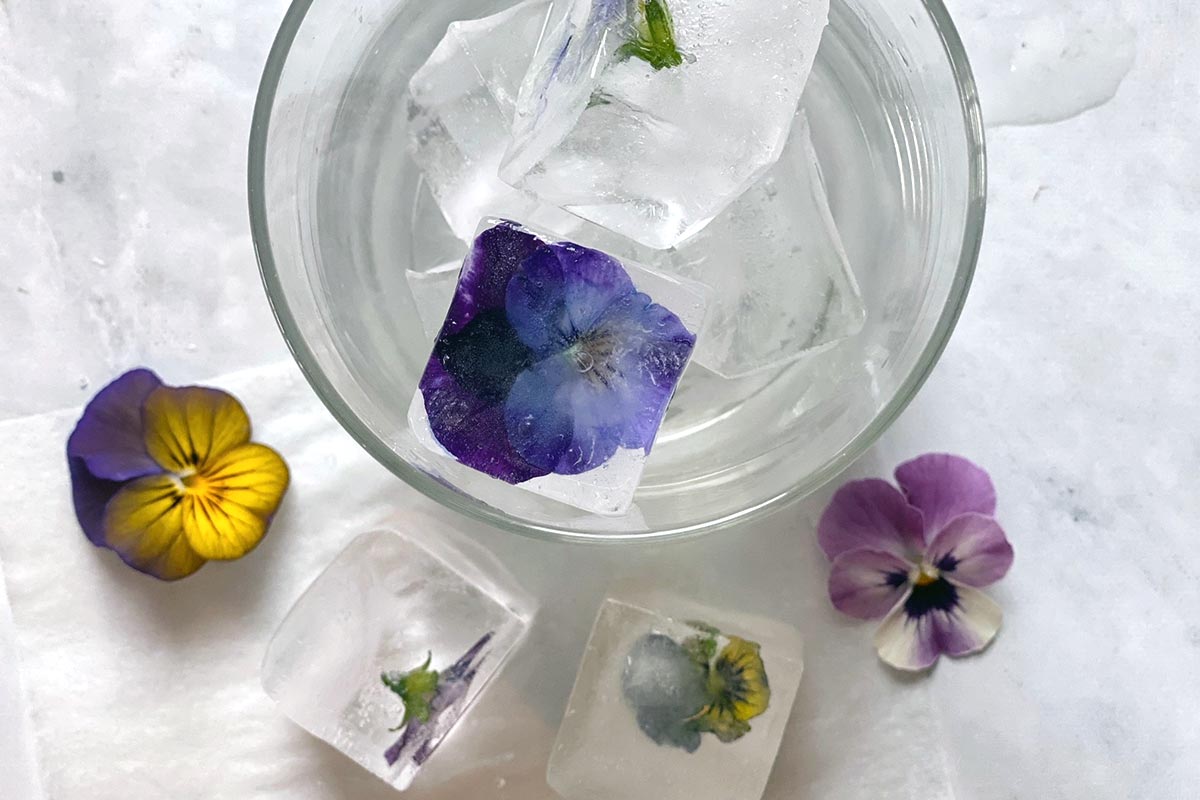
You can also go the hot route and steep fresh flowers (use only the petals for a milder flavor or the full heads for a more robust tea) in hot water.
Alternatively, submerge the flowers in water and place in a sunny spot for a few hours on a warm day. You'll end up with floral "sun tea," a uniquely flavored drink provided by nature!
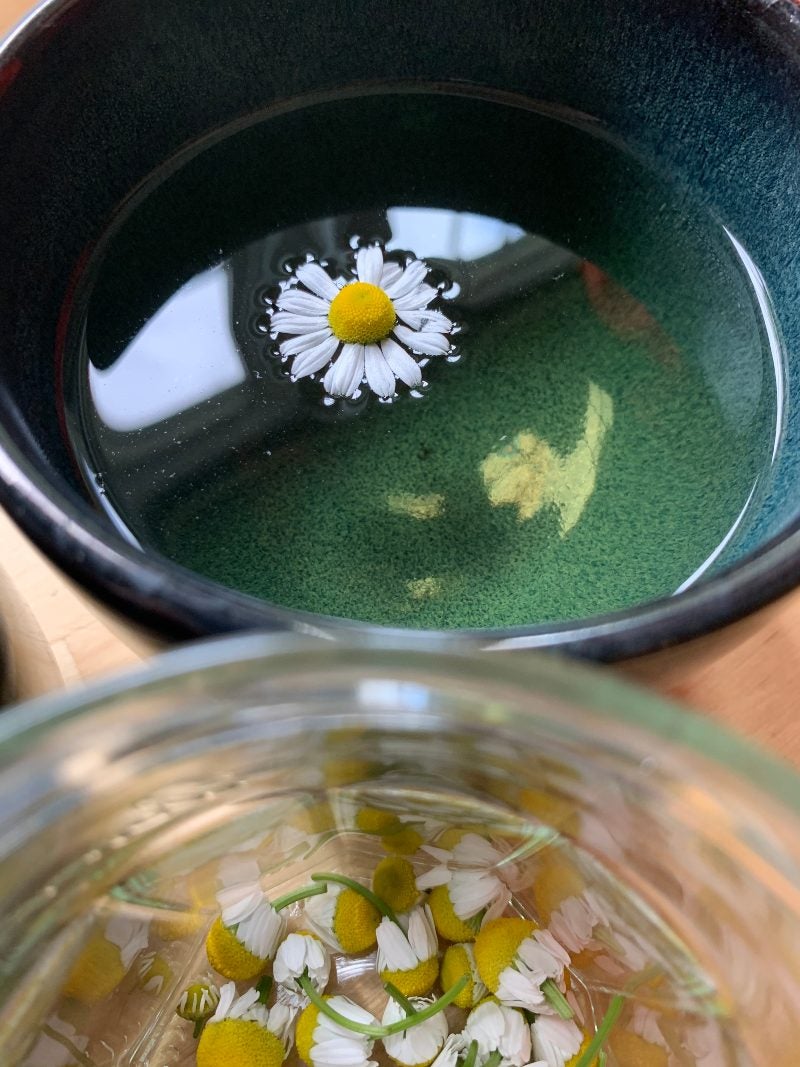
Imagine serving up glasses of freshly made chamomile iced tea with a few of these gorgeous ice cubes on a summer day — your guests will be beside themselves.
Flowers beyond the garden
Now is the time! Unlock the flavors of edible flowers and tap into their natural beauty by using them in the kitchen. Whether you decorate a cake, infuse the liquid or sugar in your recipe, fold them into dough, candy them, or even put them in ice cubes, there's so much to explore beyond simply growing them in a garden.
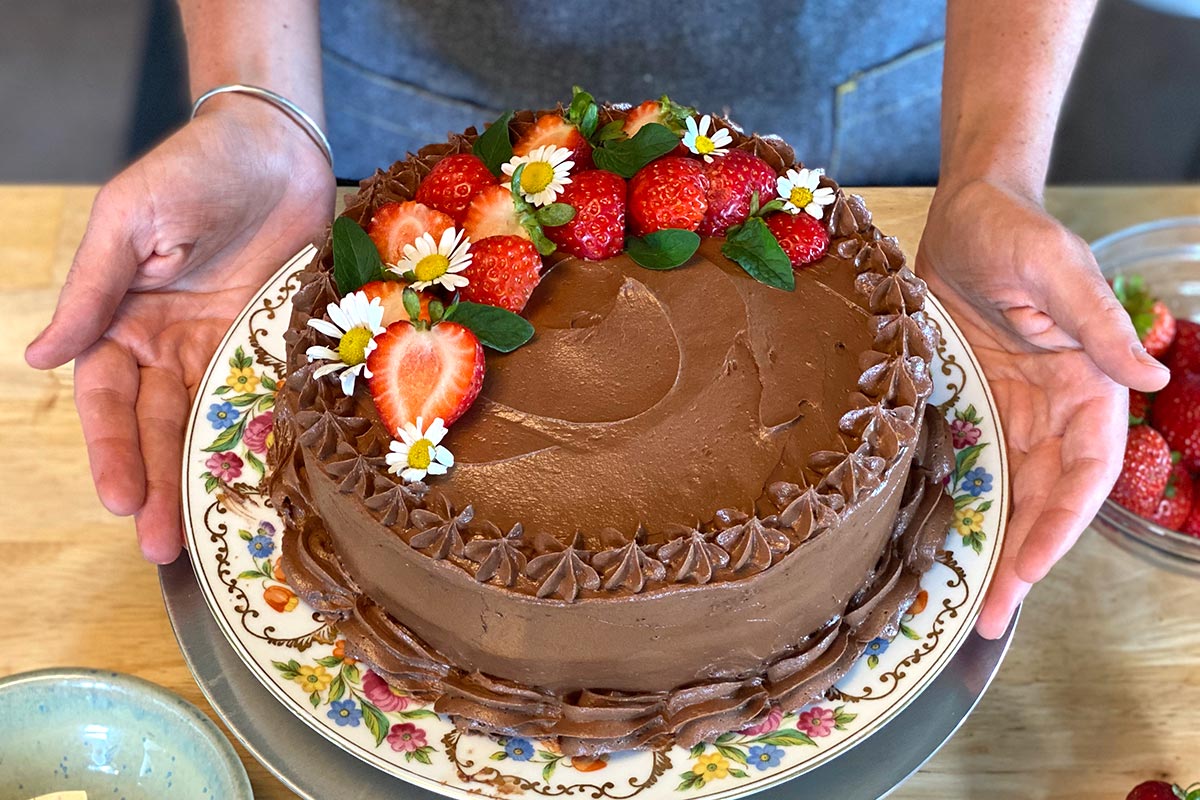
Embrace the joy that comes from using edible flowers, and share your floral creations with us on Instagram or Facebook with #kingarthurbaking.
For more flavor-infused tips and inspiration, check out our blog post, Baking with tea. Photos by Kye Ameden unless otherwise noted; cover photo by Jenn Bakos.


